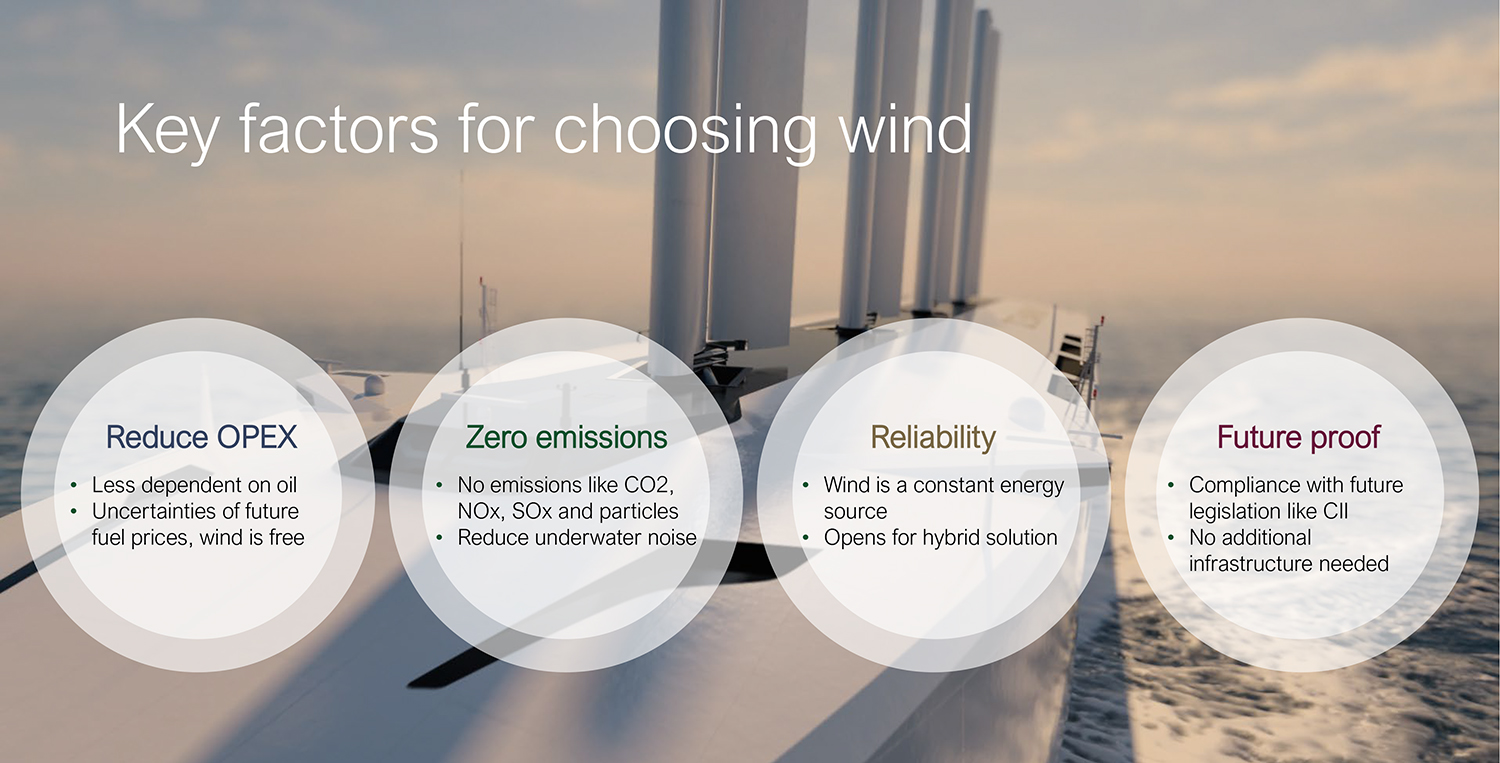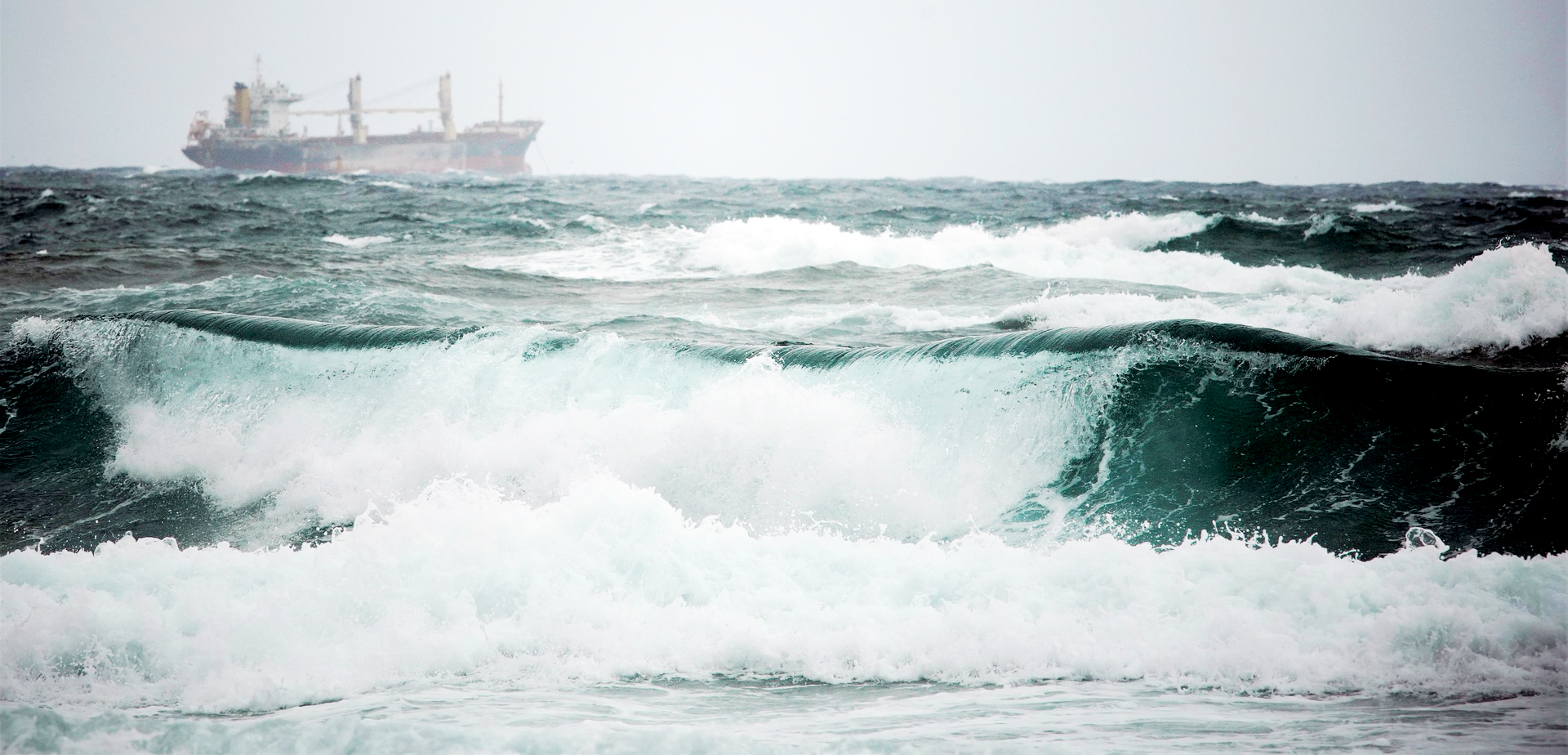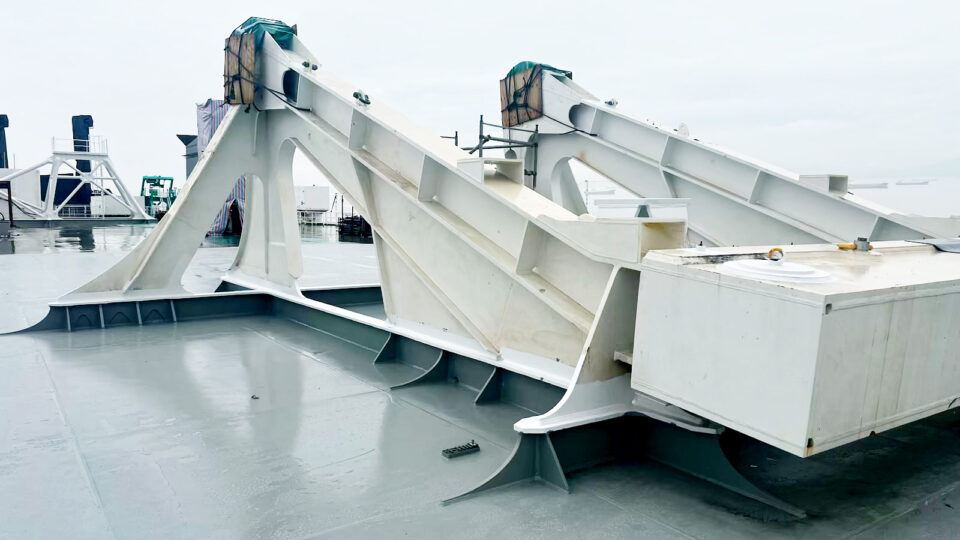A shipping revolution
Wing sails, kites, rotors… – there are a lot of alternatives for wind propulsion solutions on vessels nowadays. Gavin Allwright, co-founder and Secretary general of the International Windship Association, bares witness to a shipping revolution, but also the multiple barriers ahead.
Gavin Allwright is representing over 150 companies and organisations as Secretary general of the International Windship Association (IWSA). He is a busy man, and with staggering fuel prices, uncertain fuel supply and stricter regulations it seems like that he will not have less to do in the near future.
“The interest in wind propulsion is high. 2023 will be a defining year of regulation for the shipping industry. Important regulations to reduce emissions like CII, EEXI, FuelEU Maritime, EU ETS and the US Clean Shipping Act will all be implemented within the next 12 months” says Gavin Allwright.
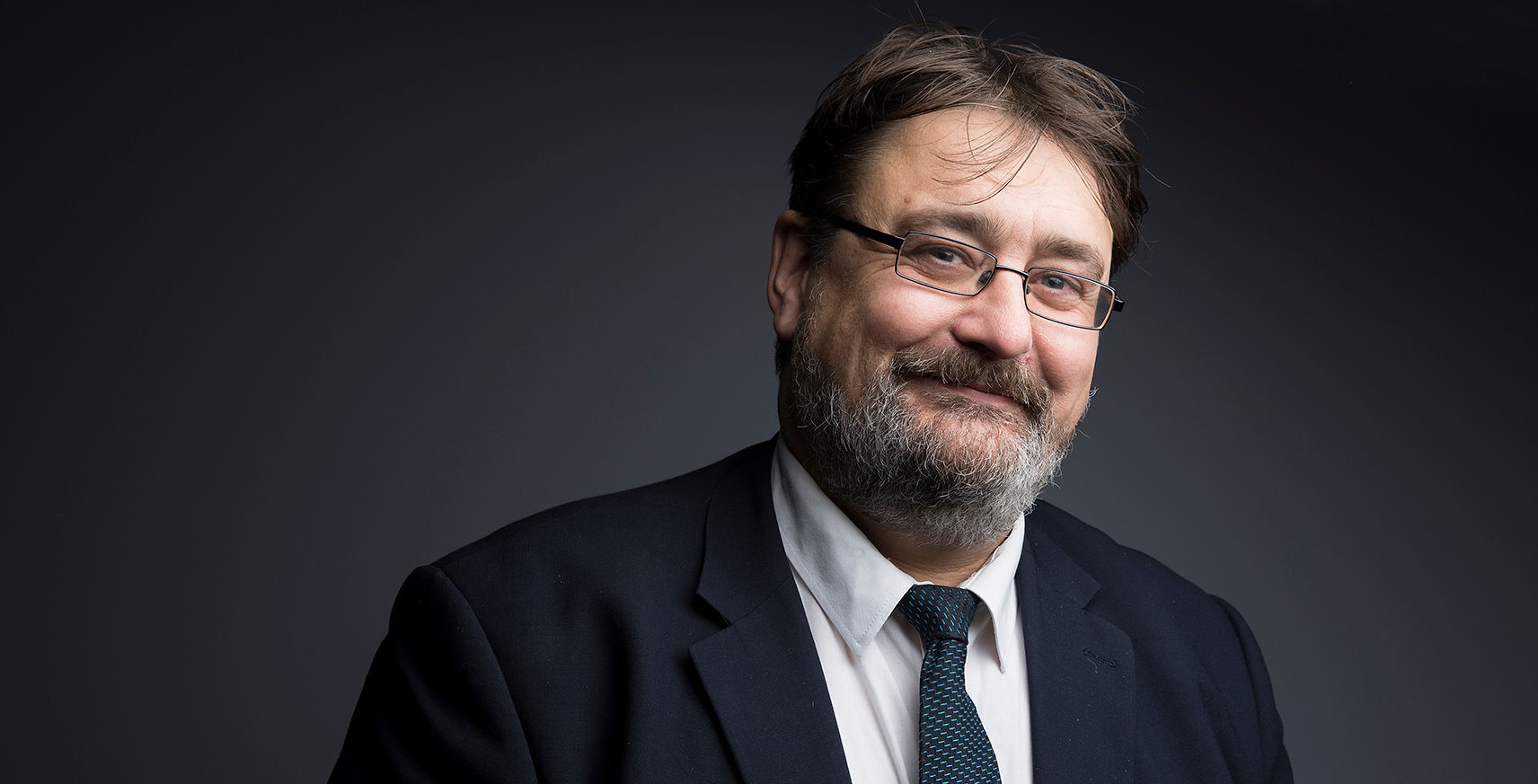
Why do you believe in wind propulsion?
“For me personally, there are three main reasons:
- Sustainability. We have an abundant energy source that is uniquely available for shipping. It is the obvious choice to use. Wind is also compatible with all fuels if you don’t want to go for full wind propulsion.
- Wind is an elegant solution – it goes right to the heart of who we are in the same way as fire does. That is why wind powered ships feel so iconic for many of us.
- The equality perspective. Wind is available for everyone, and free. After the initial investment, you have an adundant, free energy source around the world, today!”
What are the big challenges for wind propulsion ahead?
“There are multiple barriers. The most difficult one to deal with is the perception of a sailing ship. When we are talking wind power, you think about modern wind turbines and not an old windmill. With wind powered ships, or windships, many associate that with Jack Sparrow and the tall ships of the past. You must see it as an industrial solution. But we have started to shift that perception, and even more so when it becomes more common to see sails on vessels at sea again.
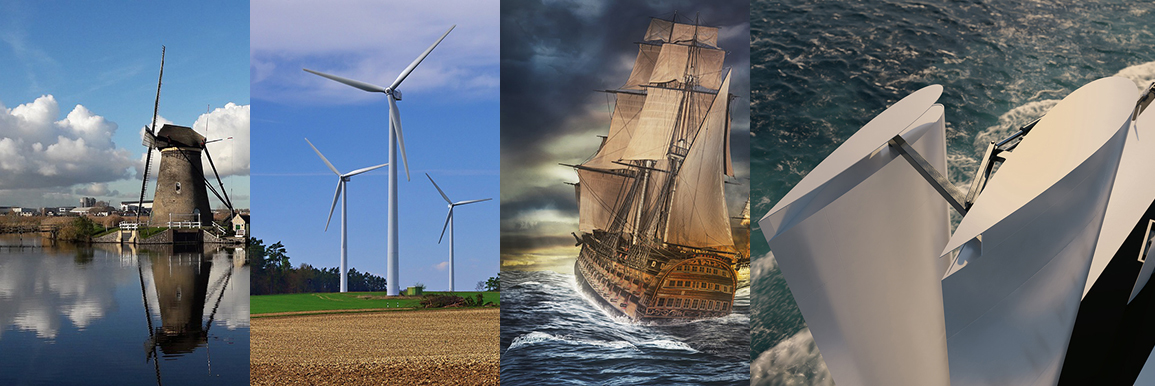
Another barrier is that the shipping industry can be quite conservative, even though there has been a dramatic change in northern Europe. We need to have an energy discussion rather than just talk fuel transition. We have financial systems that are relatively poor at calculating long-term risks which has led to this energy crisis, financing a bottle neck in the wrong direction.
Shipping is an industry that is rushing to wait, high speeds to cross the sea just to be waiting for a time slot outside the harbour. We need a global sea traffic control, like airplanes, which can slow a vessel down during travel instead of waiting at port. And also look at how we can use the trade winds more efficiently, planning for ports in connection to those wind corridors. At the moment, we have an anti-wind infrastructure.”
One issue is the lack of a standardized measurement system: which routes and circumstances are we measuring, and in what unit (savings in %, tonnes CO2 or liter fuel). What is your opinion about that?
“We are working on just that in many different projects and collaborations. It is hard to deliver the most effective mechanism and also combine that with real life operations. You can have an effective wind power system onboard, and a captain that runs it like a motor-driven vessel.
Nevertheless, the industry needs to compare performance. In my opinion, it could be a formula that takes different factors into account. We are having a lot of meetings to find common ground. During 2023, we should have something that we can work further on. It might be a base framework but a useable one and can then be evolved.”

What do you tell ship owners that come to you, considering wind power solutions and wonder which alternative to choose? What questions do they need to ask themselves?
“Before the Covid lockdown – the questions where mostly around ‘what are these technologies?’. Now, especially in Europe, I act more as a fact checker. I get questions from two different groups: ship owners that want to comply with legislation which are mostly interested in retrofits on their existing vessels, and company leaders that want to go beyond legislation. They look at their fleet from a wider perspective and are worried about uncertain fuel prices and supply. Some of them want large scale commercial vessels, powered primarily or even fully by wind.
Of course, this is a discussion, I ask them about their routes but also what they are willing to pay and how flexible they can be in their time schedule.“
Why is there a need for an organization like IWSA?
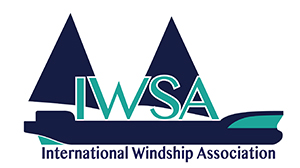
“When we founded the organization, we were 12 members. Everyone said that their solution was far better than anyone else´s, and the message to the market was that wind was not a credible solution. Today, we have over 150 companies standing behind me when I am representing IWSA. Many are still competitors, but all believe that wind is a reliable resource with enormous potential. There is a strength in bringing together a tech segment – saying it is not about one product or design but different solutions for different needs“.
About Gavin Allwright
Gavin Allwright has been Secretary general of the International Windship Association (IWSA) since it was established in 2014. He is representing IWSA in it’s consultative status position at International Maritime Organisation (IMO), sitting on the European Sustainable Shipping Forum (ESSF), a non-executive director of the World Wind Energy Association (WWEA) and as a advisor on several international research projects, including: WASP, WiSP, STEERER and Decarbonising UK Freight. He has contributed to numerous studies on alternative propulsion solutions, including the IPCC Special Report on 1.5C Global Warming.
Masters degree in: Sustainable Development, specializing in small scale sustainable shipping and logistics in developing countries.
Located in: London.
Read more about his background in New York Times Magazine
7 Different types of wind propulsion
IWSA categorizes Wind Propulsion Technologies into seven main categories:
- Soft Sail – both traditional sails and new designs of dynarig.
- Hard Sail – stiff wing sails like the Oceanbird´s, that uses air pressure to push the vessel forward.
- Flettner Rotor or Rotor Sails – rotating cylinders operated by low power motors that use the Magnus effect (difference in air pressure on different sides of a spinning object) to generate thrust.
- Suction Wings (Ventifoil, Turbosail) – non-rotating wing with vents and internal fan (or other device) that use boundary layer suction for maximum effect.
- Kites – the deployment of dynamic or passive kites off the bow of the vessel to assist propulsion or to generate a mixture of thrust and electrical energy.
- Turbines – using marine adapted wind turbines to either generate electrical energy or a combination of electrical energy and thrust.
- Hull Form – the redesign of ship’s hulls to capture the power of the wind to generate thrust.
